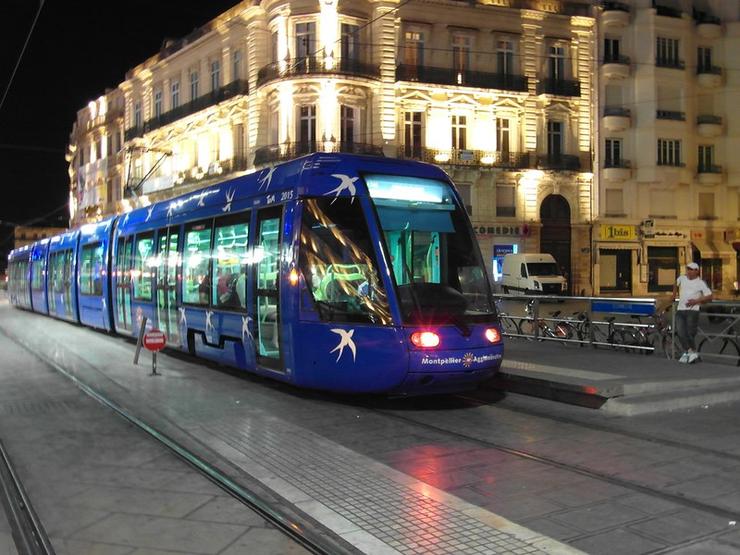The News
Montpellier on Thursday became the latest European city to make public transit free for its residents, following in the footsteps of Tallinn in Estonia and all of Luxembourg.
As scientists and policymakers sound the alarm on the devastating impacts of climate change, governments worldwide are coming up with ways for people to ditch cars for public transportation. While free public transit is one approach, other cities like New York are seeking to deter the use of cars with congestion pricing.
SIGNALS
Congestion pricing has clear benefits for environment, but needs to be done right
Experts are hailing New York City’s impending congestion pricing, due in May, as a major win for combatting climate change. The program is expected to raise some $1 billion for the city’s public transportation system, and is projected to slash the city’s annual greenhouse gas emissions by a third. But New York can learn lessons from other cities. In London, for example, city developers inadvertently caused more congestion in some areas by expanding bike and bus lanes, and Singapore has found it difficult to build more infrastructure necessary to monitor traffic.
The US struggles to implement high-speed rail compared to other countries
While the U.S. has debated the implementation of high speed rail, efforts have been slow and face technological challenges. U.S. President Joe Biden announced $66 billion of federal funding to bring high speed rail finally to the California Central Valley and deliver upgrades to the Raleigh-Richmond lines. However, adoption may be slower as tracks are running on older Amtrak rails, and areas such as the Northeast Corridor are filled with “sharp curves, bottlenecks, decaying tunnels,” forcing future bullet cars to run at 110 mph speeds, compared to top speeds in Europe and Asia of 200 mph. On his recent visit to China, California governor Gavin Newsom remarked, “The globe seems to have figured it out; America hasn’t yet.”
Free transit doesn’t make sense for North America
“Transit doesn’t have to be free to compete with the car,” argues YouTuber Reece Martin, whose channel focuses on public transportation issues. Public transit is still significantly cheaper than having to pay for gas and insurance, and commuters have shown they are willing to take the more affordable option if it is more convenient, he explained. But in North America, where public transit is underfunded and underdeveloped — and heavily reliant on fares to operate — it doesn’t make for a “big financial reorganization” of transit. Agencies need the money for improving service and infrastructure, and without substantial federal funding to support new development and maintenance, fares are essential to ensure public transit does not deteriorate.


